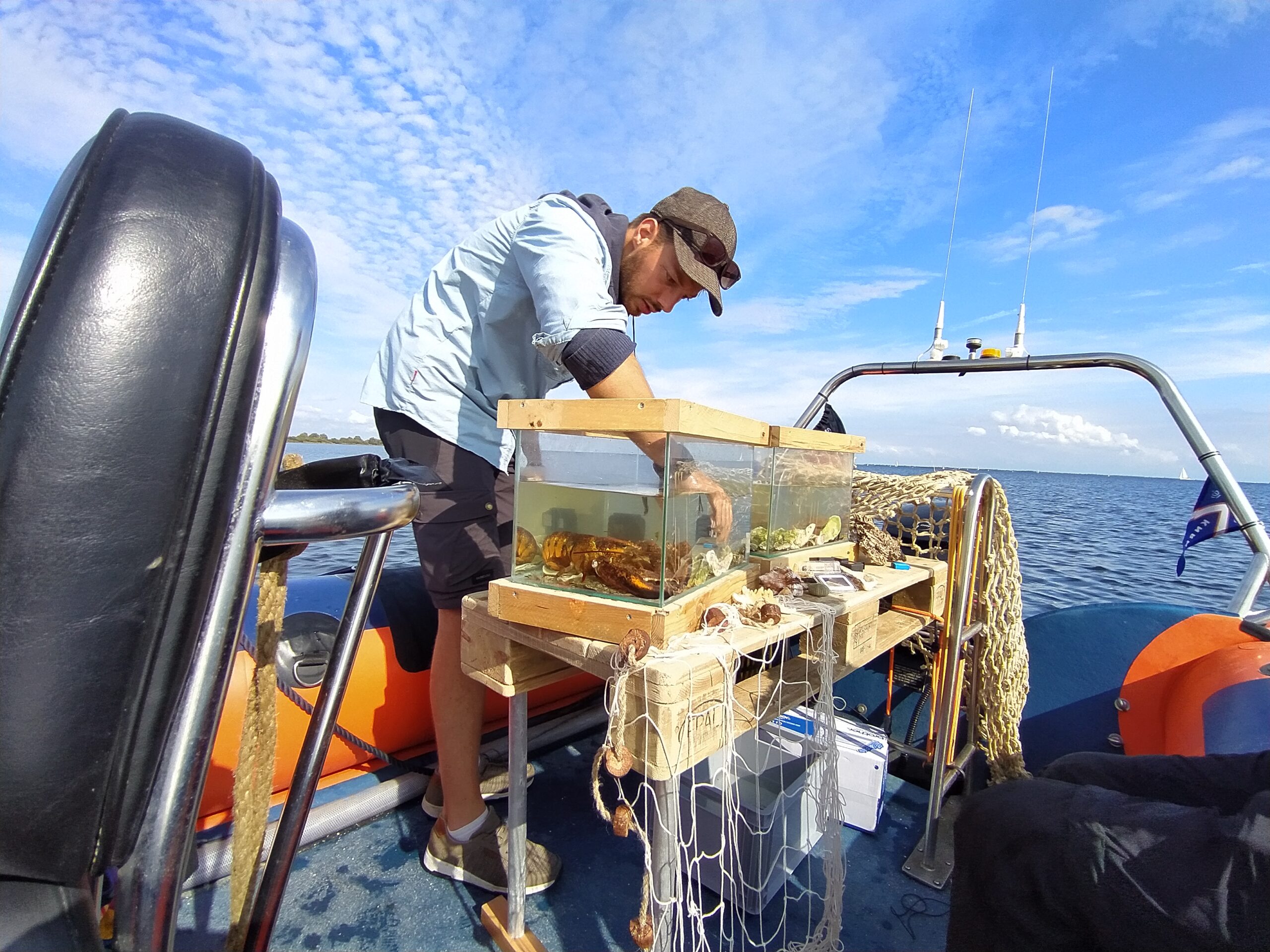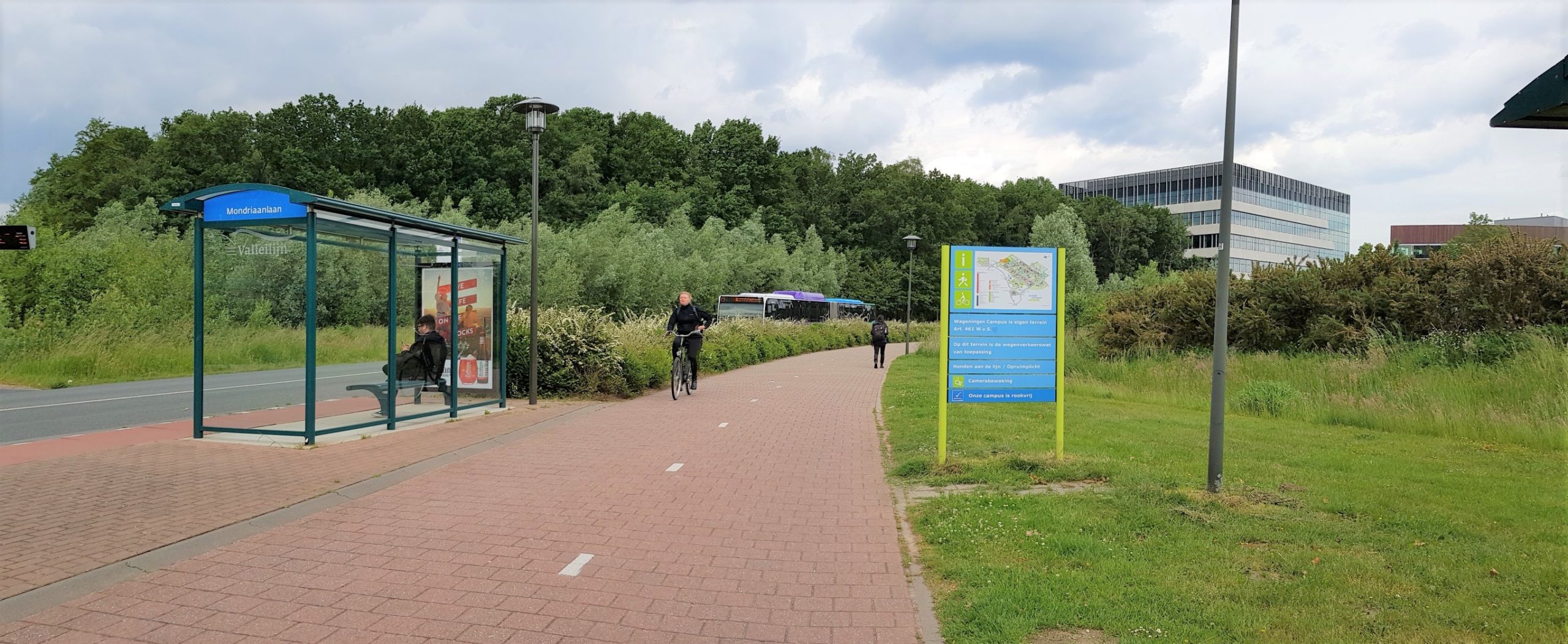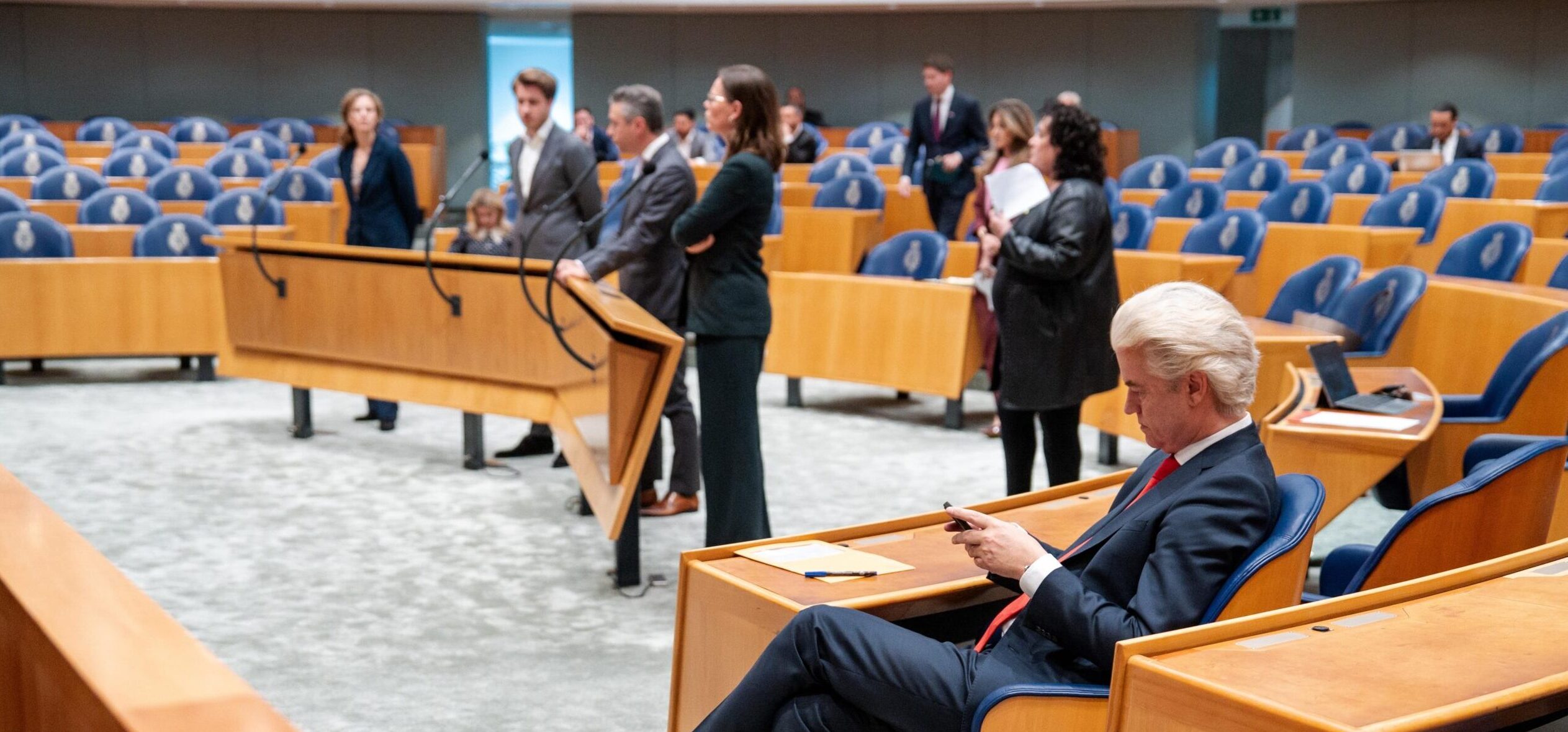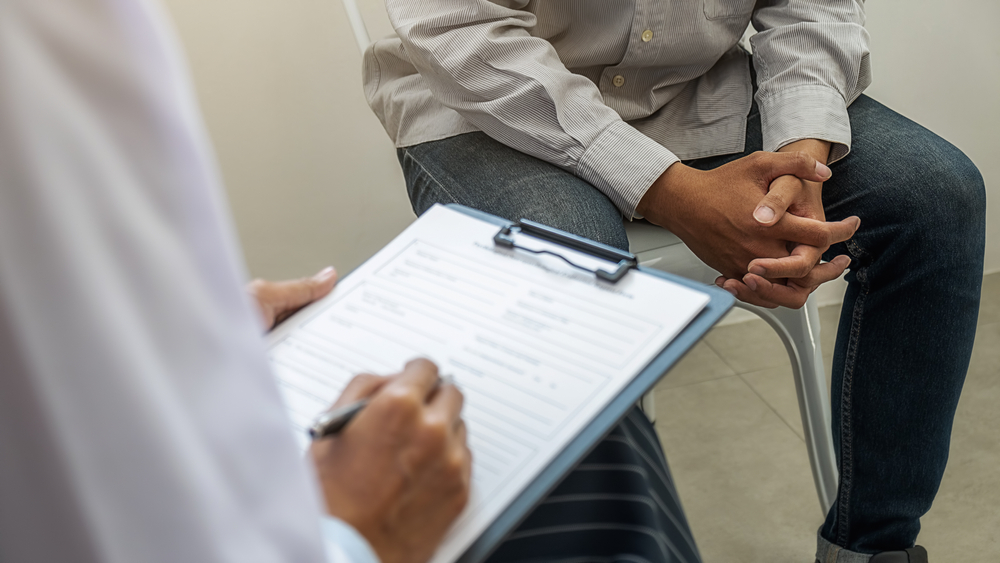His dream is to show the young generation how beautiful the underwater world is, like a kind of Jacques Cousteau of the 21st century. But Master’s student of Biology Hilmar Derksen doesn’t just dream big, he has the drive to give it all he’s got. The result so far is his own miniseries on Zapp TV.
‘Hi, I’m Hilmar, I’m a biologist and I’m crazy about diving. Captain Lex and I go looking for strange, slippery and dangerous underwater animals. Which one is the prettiest? Which one pinches the hardest? Or stings like mad? I test it all.’ With these words, viewers of the children’s television programme Zapp your Planet were introduced to Hilmar Derksen, a Master’s student of Biology at WUR in daily life. In the series ‘Koppie Onder’ he examines with infectious enthusiasm things like how the camouflage of the spider crab works, or whether a dead jellyfish can still sting you (spoiler: it can!)
‘Koppie Onder’ is a dream come true, Derksen tells Resource on the phone. He is currently in Scotland, where he is doing research for his thesis on a new, less invasive way of tagging sharks and rays (see inset). It takes a bit of improvisation, because Storm Arwen caused serious problems on his side of the North Sea, including at the marine lab. There are still regular power cuts, so Derksen has to work with generators to secure the oxygen supply for ‘his’ fish. After a Saturday morning round to check on them, luckily there is time for a call with Resource. So what’s this about an underwater nature series on Zapp?
Magical
‘Once you have seen what lives under water, you are bound to value it more highly.’ Derksen cites these words of Jacques Cousteau. And that is his motive too, he says. ‘As the son of a diving instructor, I could swim almost before I could walk. I was six when my father took me for my first dive, in a lake called the Grevelingenmeer. Breathing with his diving equipment, we dived down together. I was enchanted from the start. That almost weightless feeling underwater has something magical about it for a start, and that magic only gets more powerful when you see all the beauty living down there. The wafting seaweeds, the glorious colours of crabs and lobsters, and the amazing little creatures such as the hermit crab, one of my favourite species.’ There was another, more corny source of inspiration too, he admits: the ‘lonely orca’ film Free Willy. ‘That made a deep impression on me. I sat sobbing in front of the TV,’ says Derksen with a grin.
Escaped lobster
His love of underwater nature did not diminish, even during his secondary school years. Derksen went to a secondary school with a technical emphasis, with the subject of Research & Design in pride of place. That was right up his street. ‘WENR researcher Ivo Roessink and I measured the grip strength of lobsters,’ he recalls. ‘That caused quite a stir at school, because one of the lobsters escaped.’
Long story short: Derksen went to Wageningen to study Biology, launched a YouTube channel as an outlet for his creativity, discovered the joys of working with children and teenagers during the Education minor (‘I taught for six months and I’ve never had so much fun’), and clocked up a lot of filmmaking hours for WURTube and his own BioVlogWild. All this helped keep the ball rolling: after he’d been knocking at their door for a long time, the public broadcaster NTR gave him the chance this summer to make five pilot episodes about Dutch underwater nature. ‘And hopefully it won’t stop at that – we are already talking about a new concept.’
The voice of nature
Combining vlogging and television work with a Master’s degree is quite hard work, admits Derksen. ‘I don’t lead a typical student life, and there really are things I have to forego – going out for instance. I live quite a disciplined life; I get up at 6 am every day and go to bed at 11 pm. In that time, I will have worked on my videos and done some studying, every day. Because I thoroughly enjoy studying: science has so much to offer that is interesting!’
But Derksen does not focus exclusively on science. He dreams of travelling around the world once day to make beautiful documentaries on subject such as extraordinary orca populations that are under threat from human influences. ‘For most people what goes on below the waves is one big mystery. Scientists give them a window on that, and kind of give nature a voice. They are always discovering new stories, and those stories must go on being told. In my opinion, we should all do our bit towards protecting our planet. I’m good at storytelling. So let that be my contribution.’
Scientists are always discovering new stories, which must go on being told
Tagging for ElasmoPower
Are sharks and rays bothered by the electromagnetic fields of the electricity cables that connect the wind farms out at sea with the mainland? There is anecdotal ‘evidence’ but no scientific research has yet been done on this. Annemiek Hermans’ PhD project ElasmoPower is changing that. Hilmar Derksen got his MSc thesis topic from the project: he is researching whether the sharks and rays that will be monitored can be tagged by a less invasive method than tags on the dorsal fin or incisions in the abdomen, by gluing the tags in place instead. The rough skin of these fish species makes this a challenge, but initial trials are promising.




